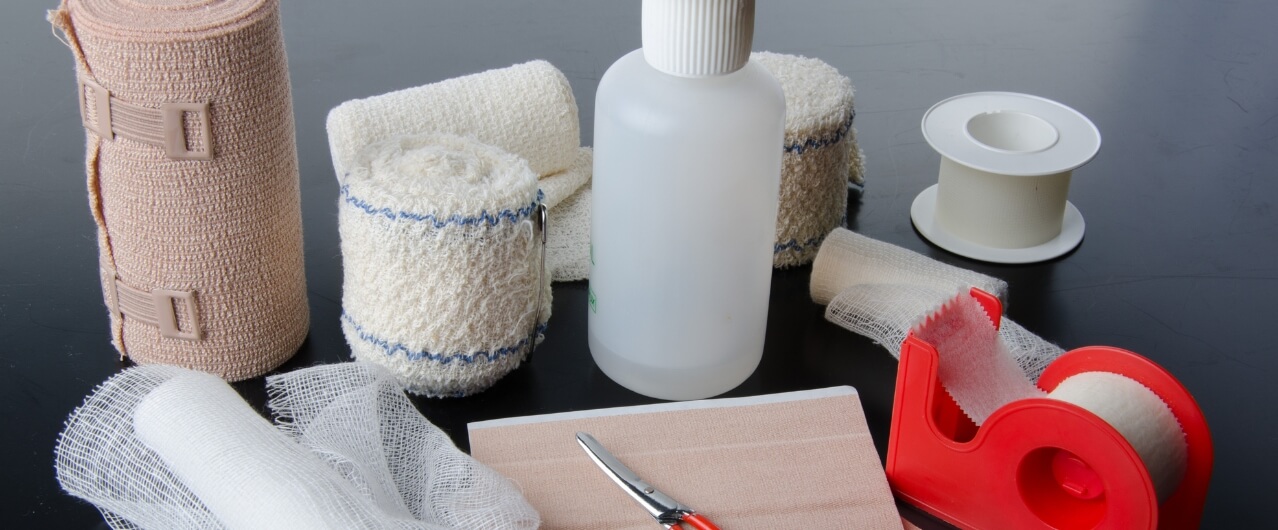Should This Wound Be Covered or Left Open? A Caregiver’s Guide

Should You Cover a Wound or Let It Breathe? Understanding Today’s Best Practices
If you’ve ever cared for a loved one with a wound, you’ve likely heard conflicting advice: one person says to keep it covered, another says to let it air out. So, what’s the right answer? The truth is, modern wound care has evolved significantly, and the old idea that wounds “need to breathe” to heal isn’t supported by today’s clinical evidence—especially when it comes to chronic wounds, ulcers, or wounds at risk of infection.
At Advanced Wound Care, we help patients across Wisconsin by bringing hospital-level treatments right to their doorstep. A big part of what we do is educating caregivers and families about how proper wound covering promotes faster, safer healing.
Why Modern Wound Care Favors a Covered Approach
For most wounds—especially chronic or non-healing wounds—keeping the area covered with the right type of dressing is essential. Coverings protect the wound from bacteria, debris, and further trauma. But more importantly, they create a moist healing environment, which studies have shown supports faster tissue regeneration and reduces the risk of infection.
Letting a wound “breathe” by leaving it open may cause it to dry out, which can slow healing and increase discomfort. This is especially true for pressure ulcers, diabetic foot ulcers, and other wounds that involve compromised blood flow or underlying conditions.
The Right Wound Dressing Depends on the Type of Wound
Not all wound coverings are created equal. The best dressing depends on factors like the wound’s size, depth, moisture level, and risk of infection. Some common types include:
- Hydrocolloid dressings that keep wounds moist and insulated
- Foam dressings that absorb excess drainage
- Alginate dressings made from seaweed, ideal for wounds with heavy drainage
- Antimicrobial dressings that prevent infection in high-risk wounds
Caregivers should avoid using over-the-counter bandages for complex wounds unless instructed by a medical provider. That’s where specialized wound care comes in—we evaluate the wound and recommend the dressing that will best support healing.
When You Should Seek Specialized Wound Care
If a wound isn’t healing as expected after a week or two, or if there’s increasing redness, swelling, drainage, or odor, it’s time to seek help from a wound care specialist. Chronic wounds require more than just basic first aid—they need advanced treatment and clinical oversight to avoid complications like infection or tissue damage.
At Advanced Wound Care, we work closely with home health nurses, primary care providers, and caregivers to deliver advanced wound therapies directly to the patient’s home. From debridement and biologic dressings to infection control and long-term management, we’re here to support healing every step of the way.
